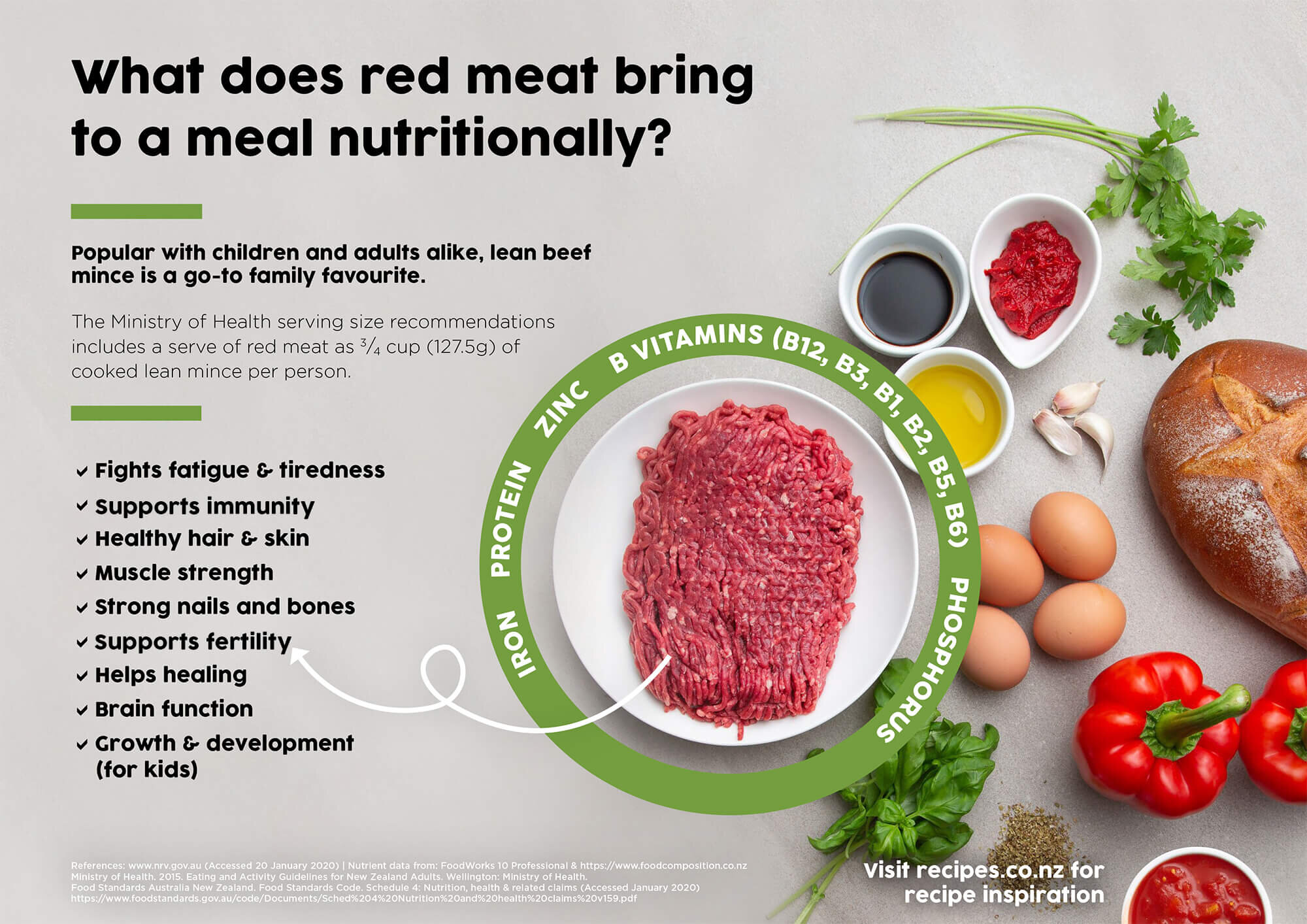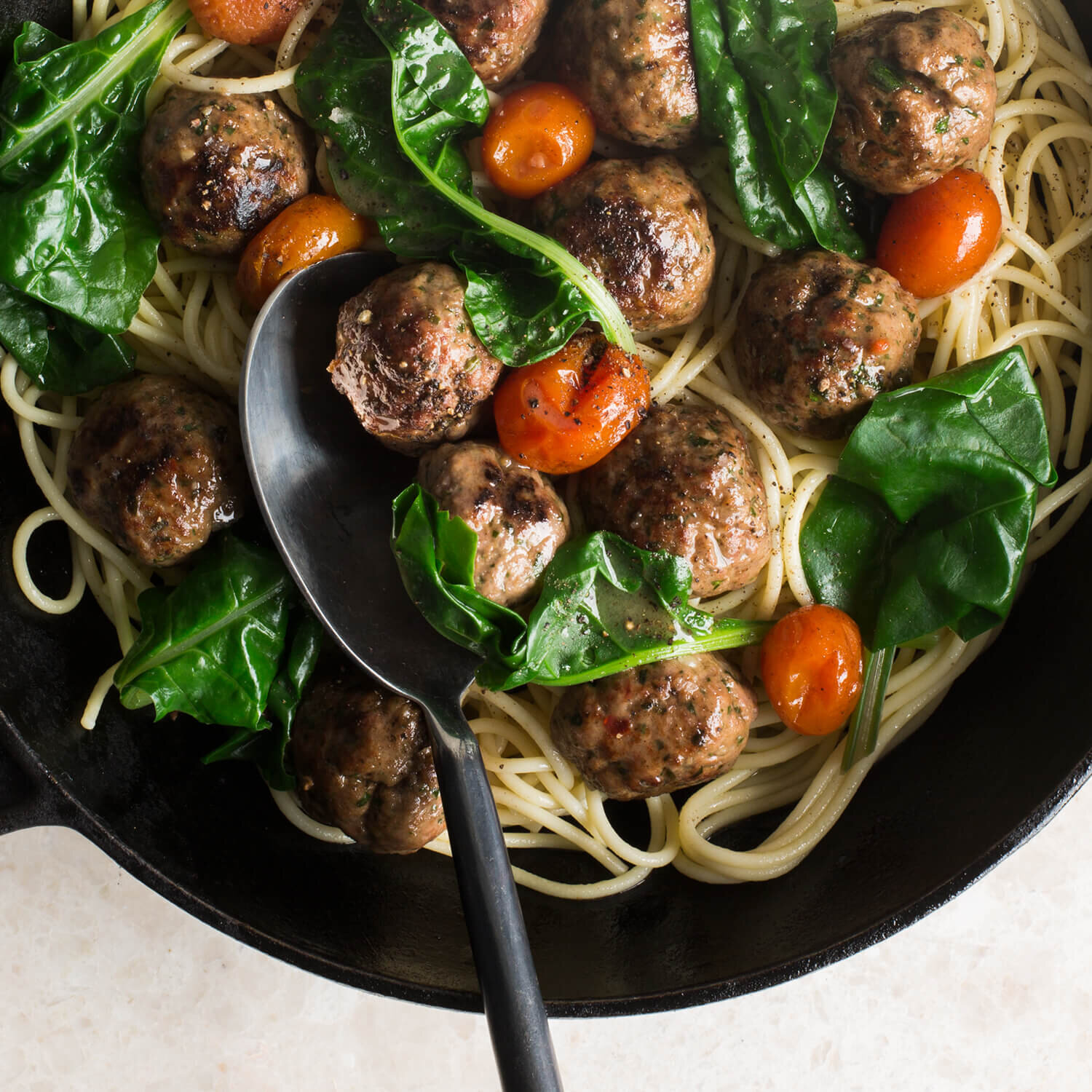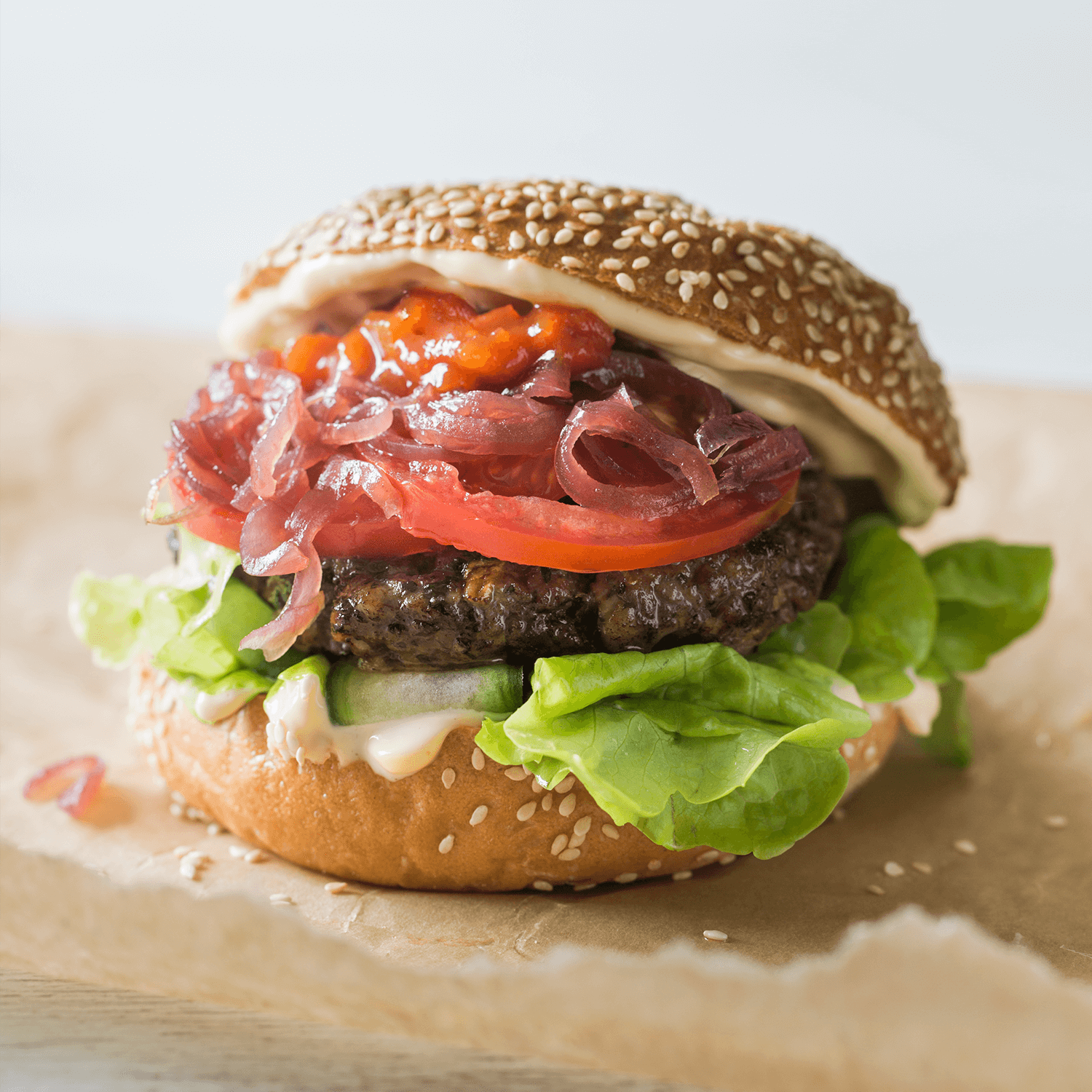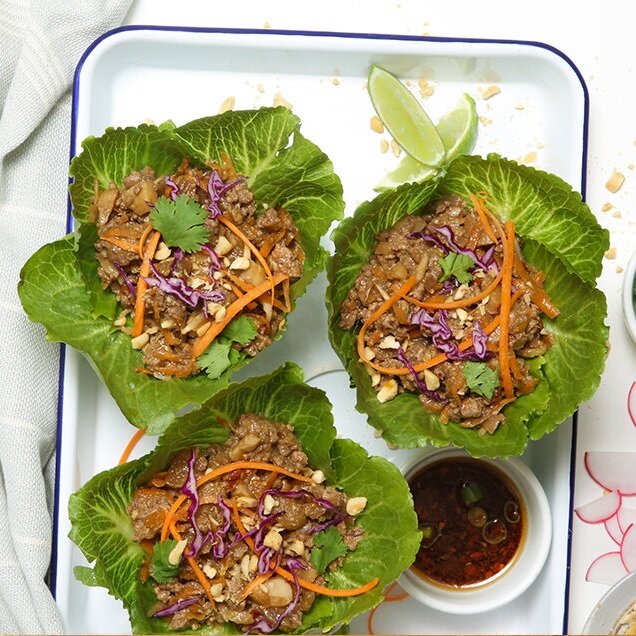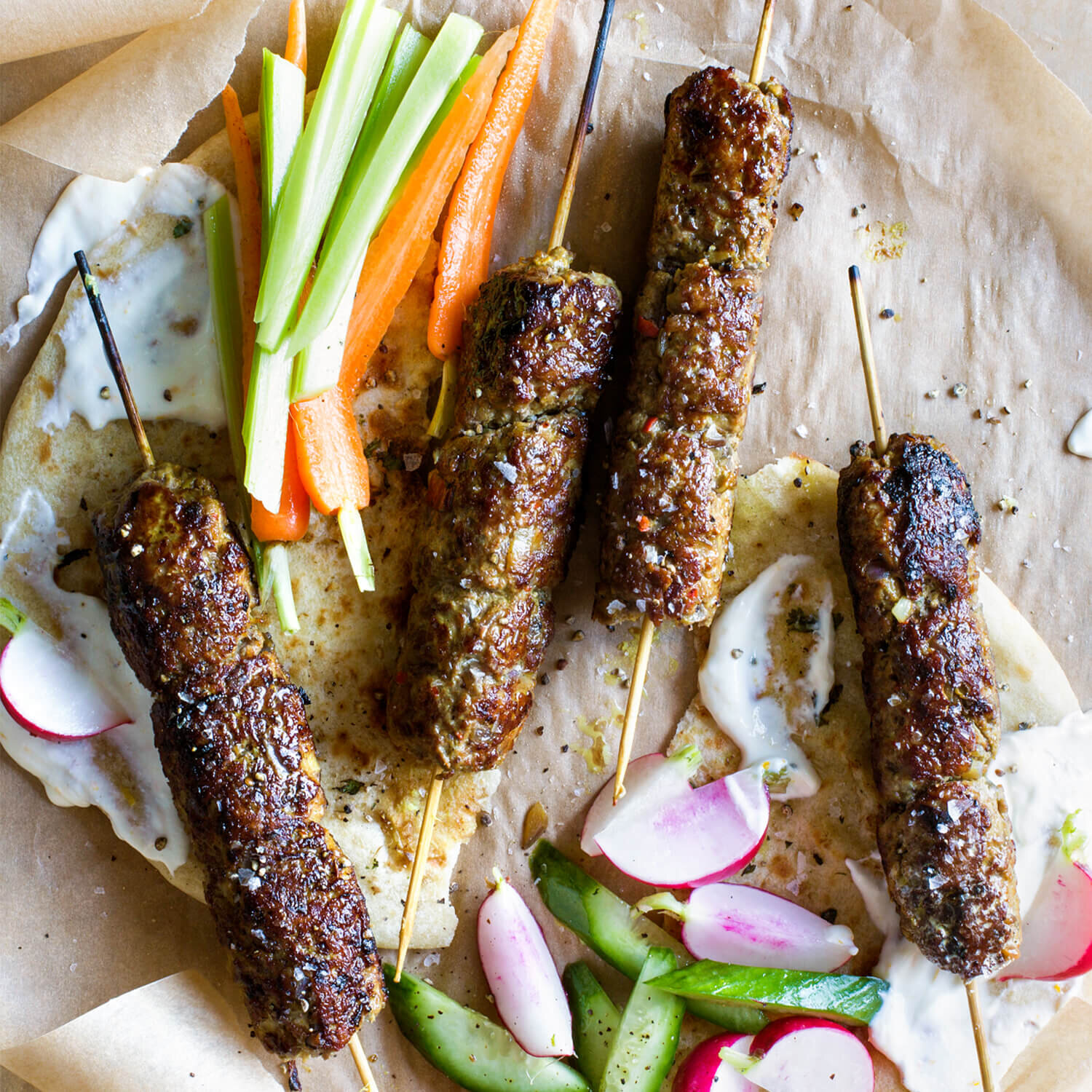Mince – a nutritional powerhouse and family favourite
Mince is a loved family favourite for many reasons: it’s a cheaper cut of meat, it’s versatile, easy to prepare and freezes well. However, one of the most underrated benefits of mince is its nutrition profile.
Mince is a type of meat that you can’t go wrong with. You can make burger patties, meatballs, spaghetti bolognese, koftas, meatloaf, cottage pie – the meal possibilities are endless. Not only is mince an incredibly versatile meat, it is also packed full of nutrients that can help support good health and wellbeing.
With mince, you don’t need to eat a lot of it to get the nutritional goodness. In fact, a 100g portion of lean, stewed, beef mince contains a good source* of protein, zinc, vitamins B3 and B12. It also contains a source** of iron, potassium, phosphorus, vitamins B1, B2, and B6. On the whole, these nutrients are essential for everyday functioning and the infographic below shows how they can support health and wellbeing.
We can of course buy pork, chicken, venison, beef and lamb mince. However, when it comes to beef and lamb mince, you can get a range of grades depending on where you are shopping, with terms such as ‘premium’, ‘prime’ and, regular beef mince. So, what do they all mean? As a general rule of thumb, the ‘premium’ mince has the lowest fat content and is the leanest, followed by prime then standard beef mince. If the mince doesn’t have a grade name labelled, you can often tell the leanest mince by looking at the packs that have the least amount of fat dispersed through the mince. There is currently no standardisation of what the fat content needs to be to make these claims, however, any mince with the Beef + Lamb Quality Mark is guaranteed to have less than 10% fat and is regulated by auditors. Regardless of the mince you buy, one way to further reduce the fat in a meal using mince is to drain the liquid that forms with cooking.
Overall health and wellbeing are determined by your dietary pattern and your lifestyle over a long period of time (so don’t expect your hair and nails to grow rapidly overnight after having one bowl of spaghetti bolognese). Having good-quality protein sources every day is one step towards a healthy diet, and by pairing mince with other foods, like vegetables or wholegrains (e.g. brown rice, wholegrain bread), you can achieve a balanced meal and get other nutrients that mince can’t provide (e.g. fibre, vitamin C, vitamin A).
If you want to get creative in the kitchen why not give some of our mince recipes a try? Here are a few of our favourites - click the image to check out the recipe.
* A good source means the food contributes at least 25% of your recommended daily intake for a particular nutrient
**A source means the food contributes at least 10% of your recommended daily intake for a particular nutrient

